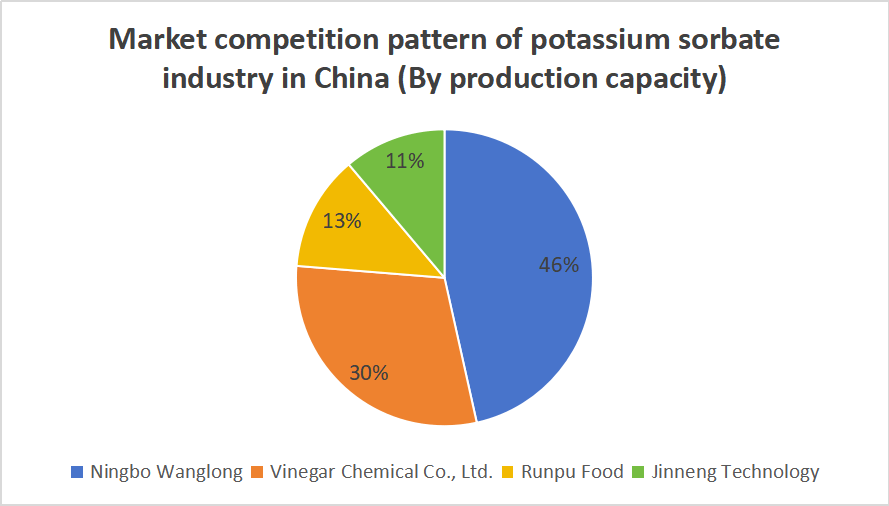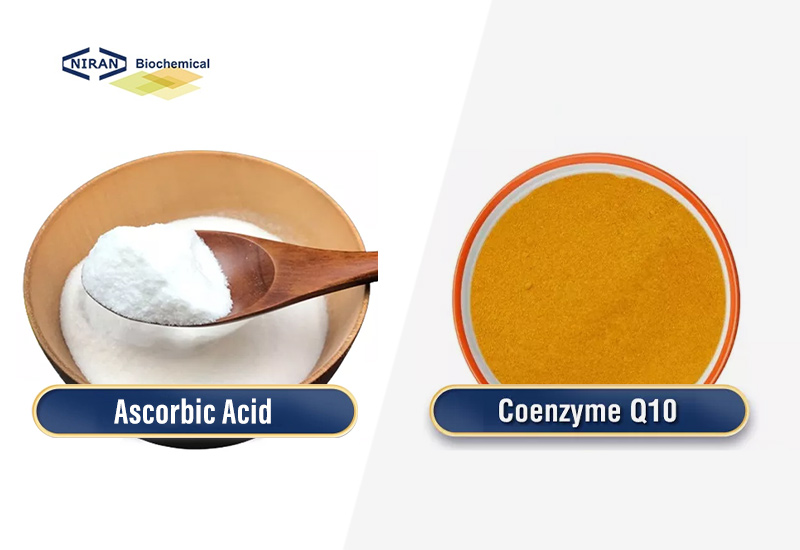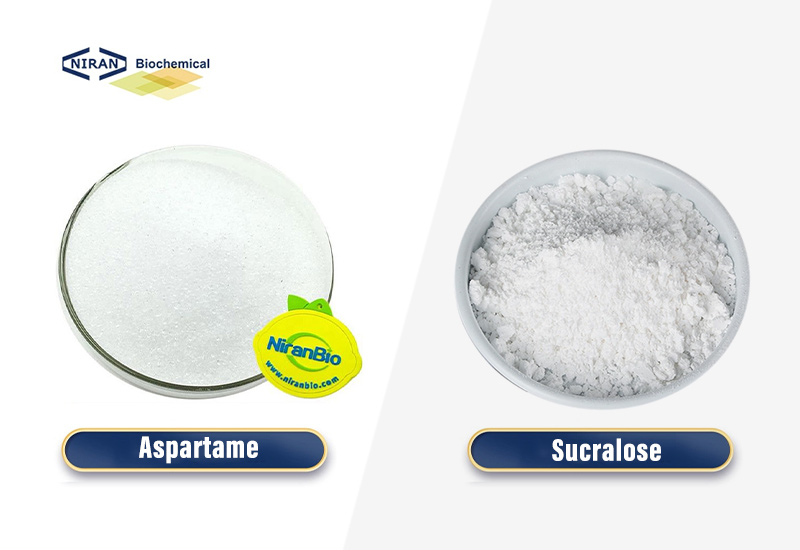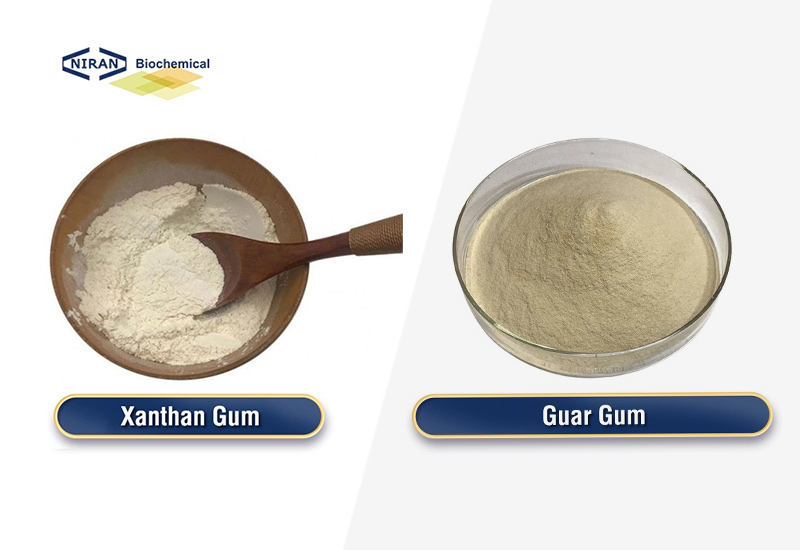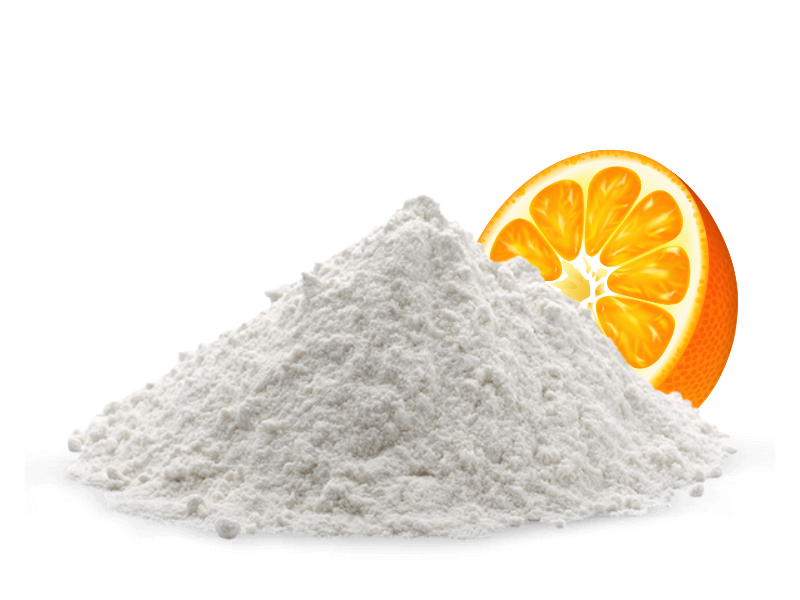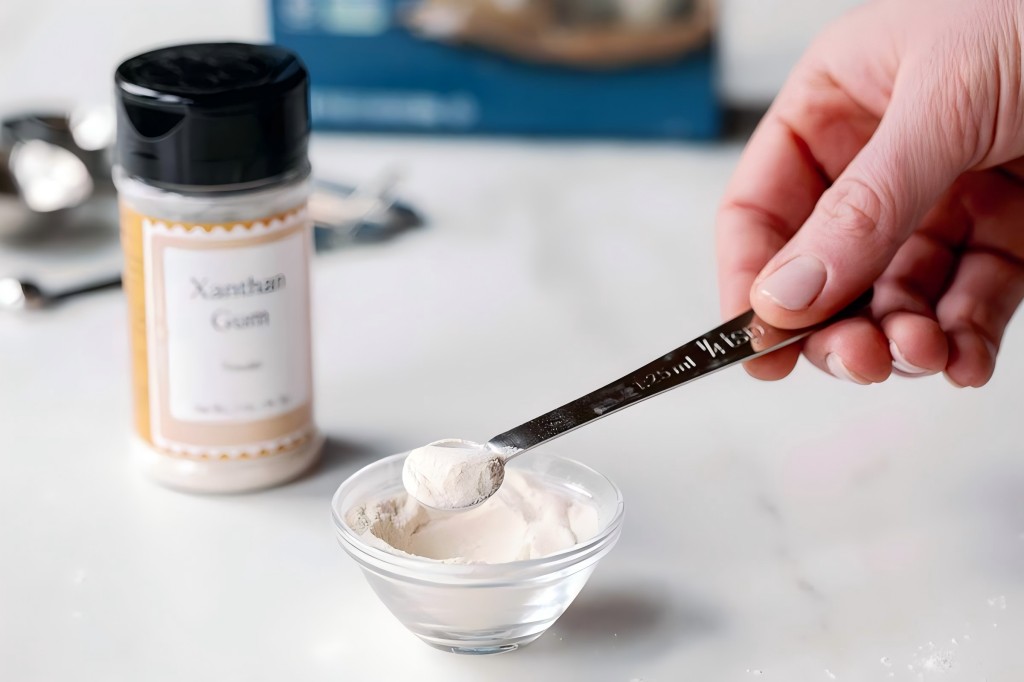Ascorbic Acid vs. Vitamin C: Understanding the Differences and Similarities
When it comes to vitamin supplementation, ascorbic acid and vitamin C are often used interchangeably, leaving many people confused about whether they are the same thing or different. To clarify this, let’s dive into what each term means, their health benefits, and any potential differences between them. What is Vitamin C? The body’s ability to […]

